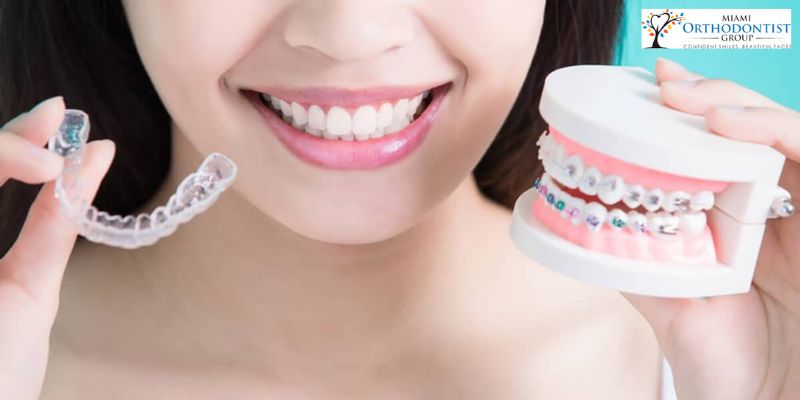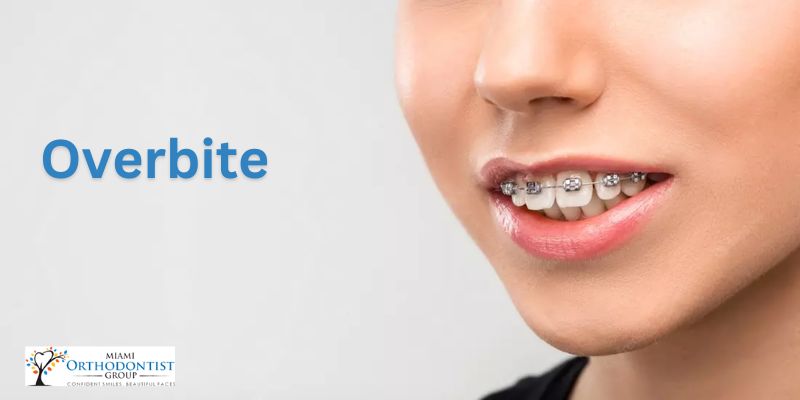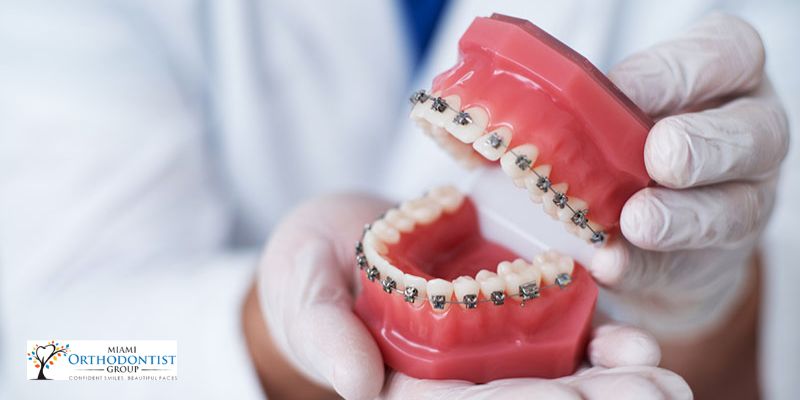As an adult, you teach teeth cleaning facts to children, to help them grow out of the first phase of life without tooth cavities. In the same way, you need to care for your teeth and gums. Many individuals with bite alignment are susceptible to tooth decay and gum diseases because of how their teeth are arranged in the mouth.
Orthodontists can treat your bite alignment to help you maintain healthy oral care. When your teeth are well arranged, it is called occlusion since your lower and upper teeth can fit together to allow you to bite and chew. Through orthodontic care, your bite alignment can be examined, know what treatment you will need to get a better smile and keep off tooth decay and gingivitis.
What is Bite Alignment?

Bite alignment involves occlusion and malocclusions. Occlusion means that your teeth are perfectly arranged in your lower and upper teeth, and it is properly fit together. For you to bite well, your upper teeth must fit a little above your lower teeth. The ends of the molar should also be arranged in a way that fits the grooves of the molar in front of it. While your lower teeth serve as your tongue protector, your upper teeth prevent you from biting down your lips and cheeks.
On the other hand, malocclusion is when your teeth are not properly patterned in your mouth. Sometimes, this dental defect is due to heredity. This means, your teeth problems can be passed down through your family. Malocclusion is caused by dissimilar sizes of the lower and upper jaw or the size of the tooth and that of the jaw are quite different.
Malocclusion causes the tooth to overcrowd one another in the mouth, which usually leads to an abnormal bite. Also, when your jaw is not properly shaped, or you are suffering from any birth malfunction like cleft lip and palate, that may be a reason you have bite alignment.
Moreover, the moment you started losing your milk teeth for a permanent replacement, changes in your bite alignment began from that time. This is because it is during childhood and adolescence that the bone structures start to grow strongly. As you become an adult, it gets stronger.
Ideally, the structure of your mouth, both at your lower and upper jaw should have a similar U-shaped arch, so that while they align, the teeth at the front can sit easily above the lower teeth, both extending just a little above the teeth at the bottom. When the permanent teeth fail to grow properly, it leads to problems like discomfort, speech defects, chewing disorder, and oral health issues. The same thing goes with improperly aligned jaws.
What Are the Common Bite Alignment That Orthodontics Treat?
There is a long list of bite alignment problems and they can all be treated through several orthodontic options.
Open bite:
Open bites happen due to the bottom and upper teeth not connecting in unison to help you bite down.
Overbite:

When you have an overbite, it means that your teeth in the upper region are protruding too far, toward the teeth in the lower region.
Underbite:
Underbite happens in your jaw when your teeth at the lower front protrude away from the teeth at the upper front.
Misplaced Midline Bite:
When you have Misplaced midline bites, it is because the middle of your lower front teeth is not in the same pattern as the middle of your upper front teeth.
Overcrowded Teeth:
When your teeth are overcrowded, this means you have only a little space to fit all your teeth together leading to overcrowding.
Crossbite:
Crossbites occur when you have an elongated lower jaw, growing past the length and size of your upper jaw.
What Problems Are Caused by Bite Alignments?
Bite alignments or malocclusion cause a series of problems. Some common issues you may likely experience are as follows;
- Temporomandibular Joint issues (TMJ)
- Speech impairment
- Chewing difficulties or struggling to incise food
- Hindering sleep apnea
- Absence of cosmetic concordance in the facial profile and smile.
How Orthodontists Treat Individuals With Bite Alignments
Several orthodontic treatments can be used to handle bite alignments including fixing bad bites by utilizing dental crowns or fillings or replacing a missing tooth using bridges or dental implants. Also, during treatment, the jaw and jaw muscles are made stable using bite splints. The orthodontist can also safeguard your teeth using a dental mouth protector or guard.
Through different orthodontic methods, several malocclusions can be corrected or adjusted, aligning the teeth to a more perfect position in the jaw and mouth. An orthodontist can treat you with dental braces, which are usually one of the most common treatments for bad bites.
However, if your teeth are overcrowded, you may not wear braces immediately until one or more teeth are extracted to free up the remaining teeth in the mouth. Also, when you have a missing tooth, to prevent your teeth from moving to that area, the orthodontist will use a space maintainer to sustain it.
In addition, before any braces are recommended by your orthodontist, you will undergo dental evaluations to see how fit you are to use specific brace equipment. Some malocclusions are mild, and may only require Invisalign treatments which are also faster and more comfortable to use than other treatments.
Traditional braces can be worn to treat overbites, underbites, crossbites, and so on. After treatment is completed, your orthodontist will provide you with a retainer which is usually permanent, removable, or combined. You are expected to wear the retainers until your newly positioned teeth stabilize.
Conclusion
No matter how bad your bite problem is, you can have them corrected through orthodontic treatment appliances. Some chronic bite problems that are associated with uneven jawlines can call for surgery. However, you can still use orthodontic treatments after the surgery. If you are disturbed about your bad bites, and you have issues smiling or interacting with people, deal with these problems and boost your confidence by contacting an orthodontic expert near you.


